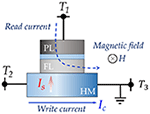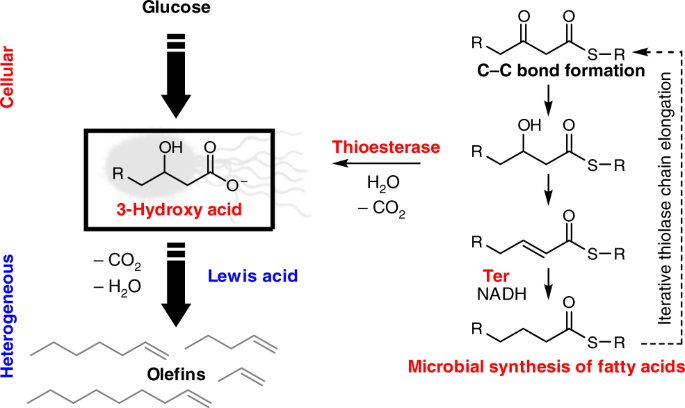2021-11-04 フィンランド・アールト大学

・ アールト大学、フィンランド・トゥルク大学、スウェーデン国立研究所(RISE)およびカナダ・ブリティッシュコロンビア大学が、オプティカルアプリケーションでのリグノセルロースの利用可能性に関する詳細な研究結果を報告。
・ 地球上のほぼ全ての植物が含有する、セルロース、ヘミセルロースおよびリグニンから構成されるリグノセルロースを分解して組み立て直すことで、完全に新しく有用な材料を開発する可能性が期待できる。
・ オプティカルアプリケーションに必要な透過性、反射性、UV フィルター特性や構造色等の様々な製造プロセスと特性について調査。リグノセルロースの特性を組み合わせることで、窓用の光反射性表面や特定の化学物質・蒸気に反応する材料や、放射線を吸収してサンブロックのような働きをする UVプロテクターの作製が可能となる。
・ リグノセルロースに実際に機能性を付与し、ガラスよりも容易にカスタマイズできる。例えば、太陽電池のガラスをリグノセルロースで代替することで光吸収能力が高まり、稼働効率性の向上が期待できる。
・ 森林のバイオマスには高い需要と膨大なカーボンシンクの役割があることから、リグノセルロール源として産業や農業で毎年排出される数十億トンを超える未利用のバイオマス廃棄物に着目。
・ 現時点ではバイオベース材料の研究とプロトタイプの作製にとどまるが、アールト大学では光ファイバーや光反射性ファブリックを開発している。
・ スケールアップと商業化には、政府による規制や研究を通じたバイオベース廃棄物の新しい利用方法の開発と、オプティカルアプリケーション用の再生可能な材料への需要を押し上げる優れた実証やブレイクスルーをもたらす研究の 2 つの方向が必要と考える。
・ リグノセルロースによるイノベーションの展開と商業化における主要な課題は製造にかかるコスト。ナノセルロースは 2000 年代初頭より注目されているが、産業利用を可能にするエネルギー使用量と製造コストの低減達成は最近のこと。水を好むセルロースを高湿度下で安定させる方法の発見も、オプティカルアプリケーションでは重要となる。
URL: https://www.aalto.fi/en/news/creating-solar-cells-and-glass-from-wood-or-a-billion-tons-of-biowaste
<NEDO海外技術情報より>
(関連情報)
Advanced Materials 掲載論文(アブストラクトのみ:全文は有料)
Plant-based Structures as an Opportunity to Engineer Optical Functions in next-generation Light
Management
URL: https://onlinelibrary.wiley.com/doi/10.1002/adma.202104473
Abstract
This review addresses the reconstruction of structural plant components (cellulose, lignin, and hemicelluloses) into materials displaying advanced optical properties. The strategies to isolate the main building blocks are discussed, and the effects of fibrillation, fibril alignment, densification, self-assembly, surface-patterning, and compositing are presented considering their role in engineering optical performance. Then, key elements that enable lignocellulosic to be translated into materials that present optical functionality, such as transparency, haze, reflectance, UV-blocking, luminescence, and structural colors, are described. Mapping the optical landscape that is accessible from lignocellulosics is shown as an essential step toward their utilization in smart devices. Advanced materials built from sustainable resources, including those obtained from industrial or agricultural side streams, demonstrate enormous promise in optoelectronics due to their potentially lower cost, while meeting or even exceeding current demands in performance. The requirements are summarized for the production and application of plant-based optically functional materials in different smart material applications and the review is concluded with a perspective about this active field of knowledge.



